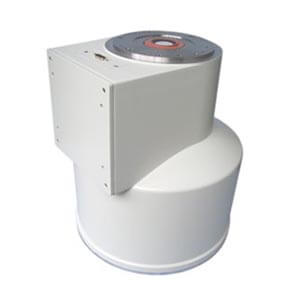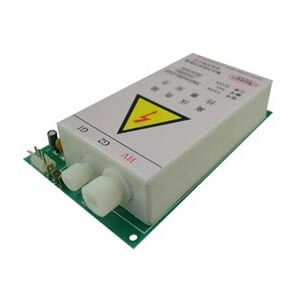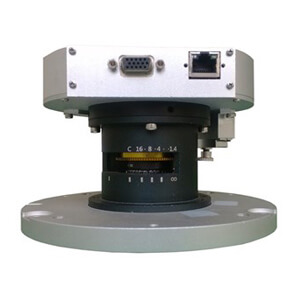Photoelectric response of the input and output of X-ray image intensifier
There is an X-ray image intensifier input screen with a large area at the front end of the tube, and a layer of phosphor is coated on the input screen. The thicker the phosphor layer, the stronger the brightness, but this will reduce the resolution due to light scattering and reflection; the thinner the phosphor layer, the higher the resolution, but the brightness is reduced. In order to solve thisX-ray image intensifier contradiction, in recent years, new X-ray image intensifiers have adopted a relatively high atomic number cesium iodide phosphor input screen. Compared with the zinc cadmium sulfide phosphors used earlier, cesium iodide phosphors have the advantages of high X-ray absorptivity, high fluorescence efficiency, high image resolution and good matching with the photocathode spectrum. Like ordinary fluoroscopic screens, this screen absorbs X-ray photons with image information to produce visible fluorescent images.
Close to the X-ray image intensifier input screen is the photocathode ; the antimony-cesium type photocathode, when the photon of the phosphor image of the input screen irradiates the photocathode surface, the other side emits photoelectrons to form Electronic image, complete the photo-electric conversion process.
Today’s X-ray image intensifier sharing is here first. In addition, our company specializes in the production of various vertical and mobile chest film racks, various types of X-ray machine parts, welcome to contact us.

Author:肖恩






